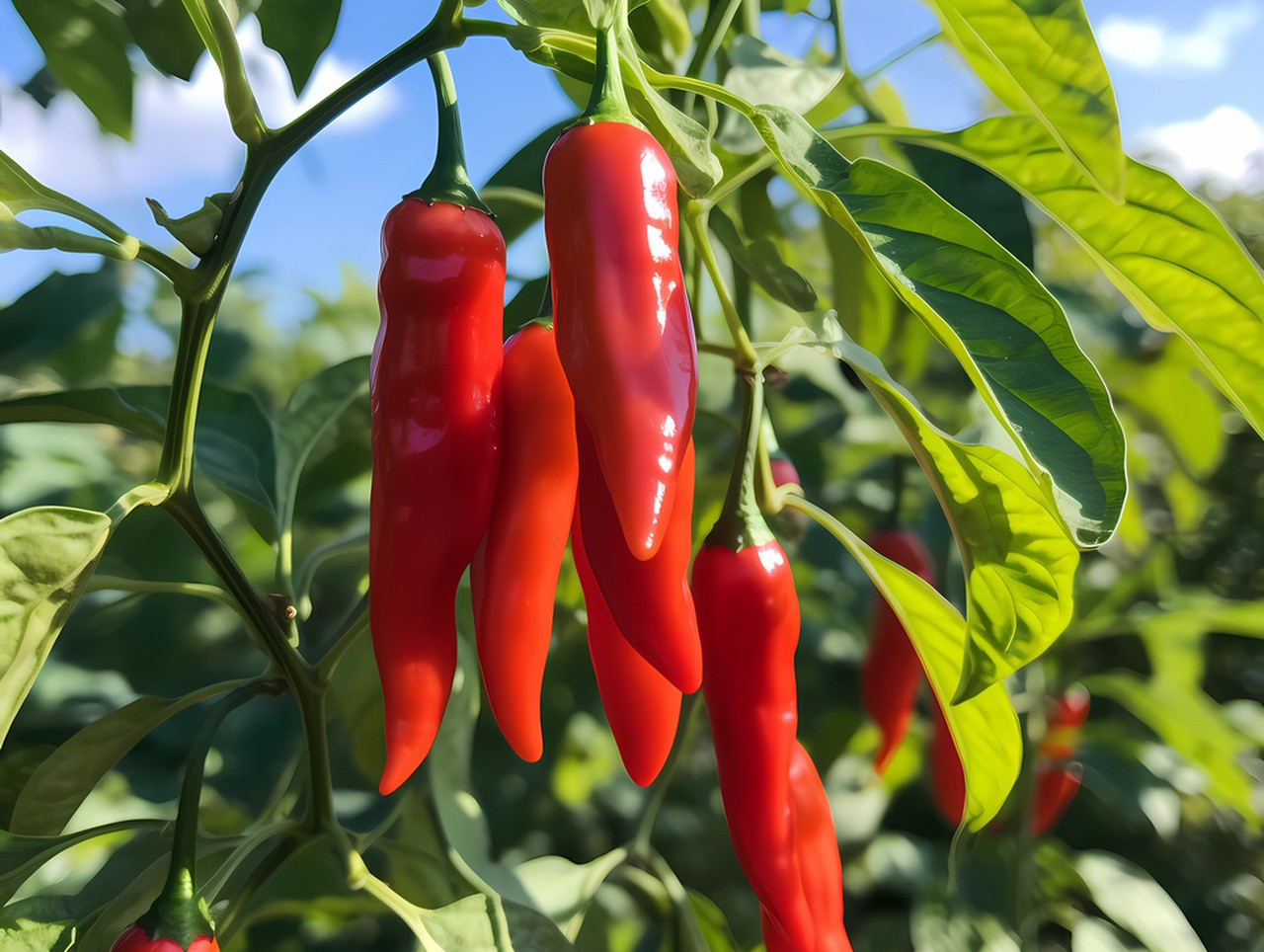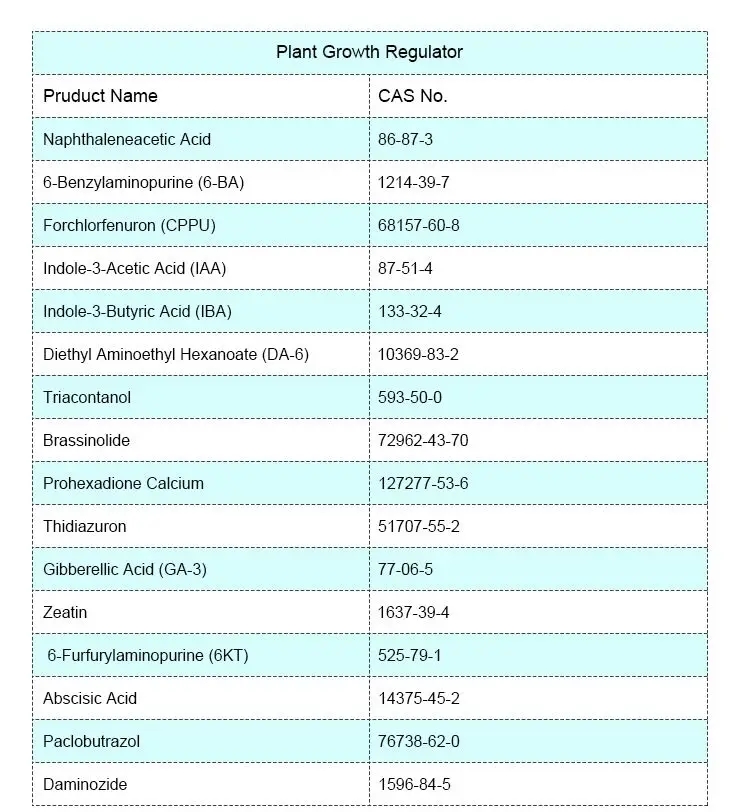Indole-3-butyric acid (Indolebutyric acid) is a plant hormone and one of the most commonly used synthetic auxins in plant tissue culture. It plays a crucial role in stimulating root development and is often employed in horticulture, agriculture, and research settings. Here is a comprehensive study of Indole-3-butyric acid:

- Chemical Structure and Properties:
Indole-3-butyric acid is a type of auxin, with the chemical formula C12H13NO2.
It is a colorless to pale yellow crystalline solid.
The compound is soluble in most organic solvents but has limited solubility in water. - Role in Plant Growth:
Root Development: Indole-3-butyric acid is primarily known for its ability to induce the formation of roots in plant cuttings. It is widely used as a rooting hormone in horticulture.
Cell Elongation: Like other auxins, Indole-3-butyric acid is involved in promoting cell elongation, especially in developing roots. - Applications in Horticulture:
Rooting Agent: Indole-3-butyric acid is commonly used in the propagation of plants from cuttings. It encourages the development of roots on cut stems, allowing for the cloning of plants.
Transplanting: Indole-3-butyric acid can be applied to transplants to reduce transplant shock and promote root establishment in new locations. - Mechanism of Action:
Indole-3-butyric acid acts by promoting the differentiation of parenchyma cells into root primordia.
It stimulates the production of enzymes that are involved in cell wall modifications, facilitating root initiation. - Formulations and Usage:
Indole-3-butyric acid is available in various formulations, including powder, gel, and liquid forms.
It can be applied to cuttings by dipping, spraying, or as a basal quick-dip during transplanting. - Comparisons with Other Auxins:
Indole-3-butyric acid is often compared to other auxins such as indole-3-acetic acid (IAA) and naphthaleneacetic acid (NAA) in terms of effectiveness and applications. - Regulatory Considerations:
In some regions, the use of Indole-3-butyric acid and other auxins in commercial horticulture may be subject to regulations. It’s important to follow recommended application rates and guidelines. - Research and Development:
Ongoing research explores the molecular mechanisms of Indole-3-butyric acid-induced root development and its potential applications in stress tolerance and crop improvement. - Environmental Impact:
The environmental impact of Indole-3-butyric acid is generally considered low, especially when used according to recommended guidelines. However, excessive use may contribute to environmental pollution. - Challenges and Future Directions:
Challenges may include optimizing application methods, understanding dosage effects, and exploring potential interactions with other growth regulators.
Future research could focus on developing more environmentally friendly formulations and expanding the understanding of Indole-3-butyric acid’s role in plant physiology.

In conclusion, Indole-3-butyric acid is a versatile plant hormone widely employed in horticulture for its role in root development. Ongoing research continues to enhance our understanding of its mechanisms and potential applications in plant growth and development.
